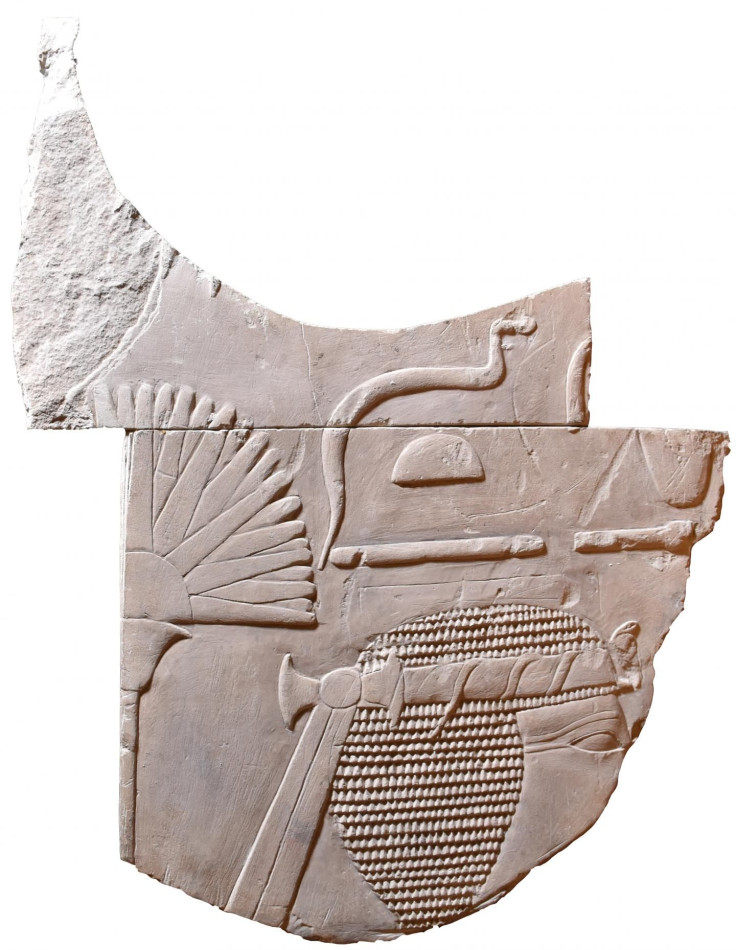Rare Depiction Of Female Pharaoh Hatshepsut Found In Egyptian Artifact

In a surprise discovery, a rare depiction of Hatshepsut, one of the five female pharaohs that ruled over Egypt centuries ago, has been spotted on an artifact, which had been locked away in storage for decades.
Dr. Ken Griffin, an Egyptologist from Swansea University, and his students were on a routine object handling session at the university’s Egypt center when they scoured through ancient object records and discovered the artifact image.
The image represented a weirdly-shaped, limestone built object, which not only stood out from the crowd but also appeared to be fastened with glue. It had been in storage for more than 20 years, which further prompted the Egyptologist to take a closer look.
Upon examination, Griffin witnessed key features of the carving. The object depicted a head and the remains of a fan right behind it, but the face of the person in question was missing. Even the archaeological records at the Centre did not mention when and where the ancient relic originated. The cobra icon on the forehead and traces of hieroglyphs involving female pronouns indicated the person was a female ruler, but Griffin and his team confirmed it as a representation of Queen Hatshepsut after witnessing cut marks on the back of the relic.
These marks suggested the object was carved out of the wall of a temple or tomb and this was the very moment when the Egyptologist, who has visited Egypt more than 50 times, realized it looked similar to the features found on the walls of Deir el-Bahri, the temple of Hatshepsut in Luxor. Even the representation of a male on the upper segment of the rear perfectly matched with the incomplete head on the front side, further bolstering the theory that this was indeed a depiction of Hatshepsut.
During her reign, the queen was depicted as a female with a long dress, but later she was depicted with more masculine traits, including a beard.
“The identification of the object as depicting Hatshepsut caused great excitement amongst the students. After all, it was only through conducting handling sessions for them that this discovery came to light,” Griffin said in a statement. “While most of the students have never visited Egypt before, the handling sessions help to bring Egypt to them”.
Though it still remains unclear when the object originated, the team at Swansea University notes many objects from the temple were taken away during the late 19th century, which is years before the temple was excavated by the Egypt Exploration Society, previously Egypt Exploration Fund, between 1902 and 1909.
As of now, further research is being conducted to confirm the discovery and find the exact spot in the temple from where the artifact originated.
© Copyright IBTimes 2024. All rights reserved.





















